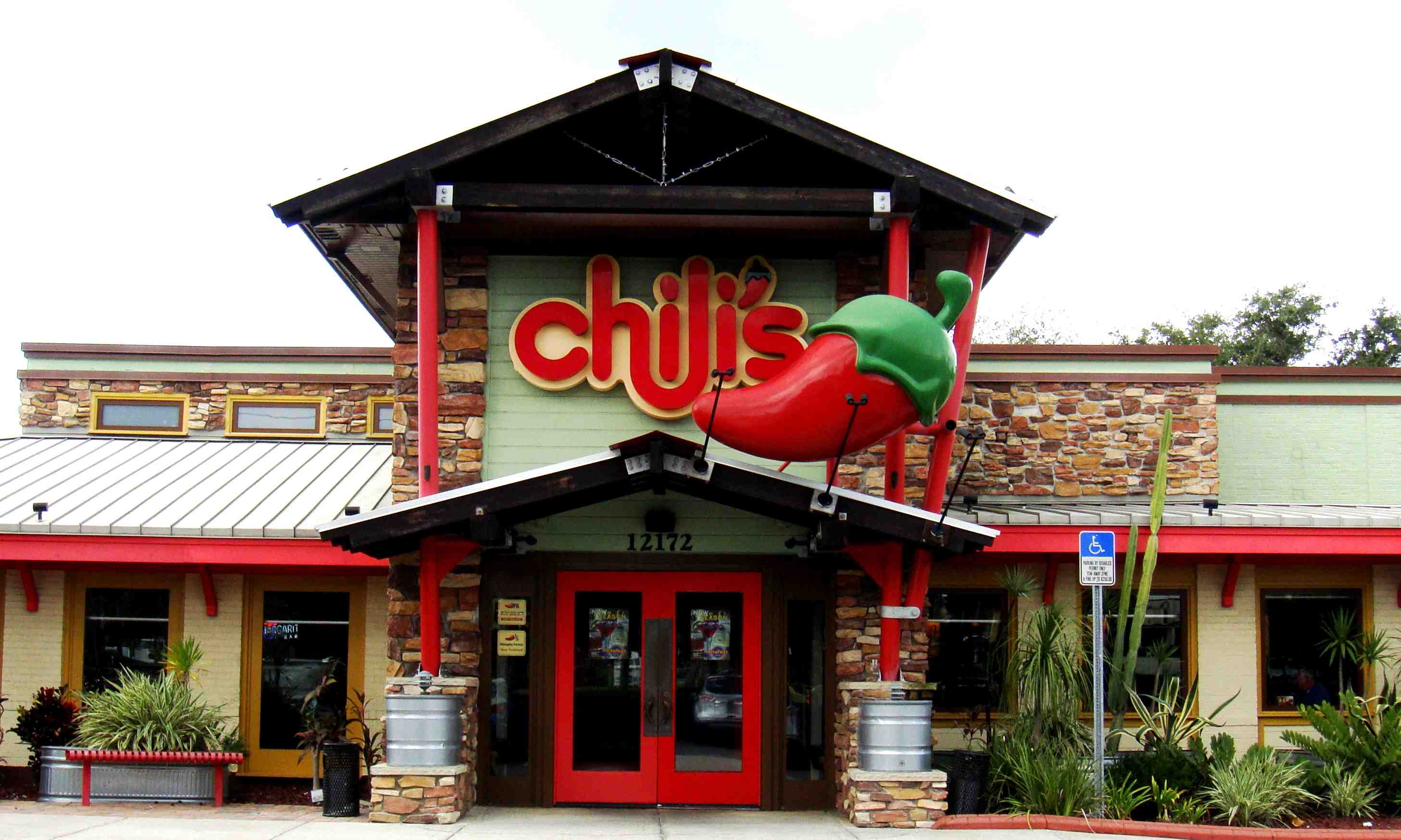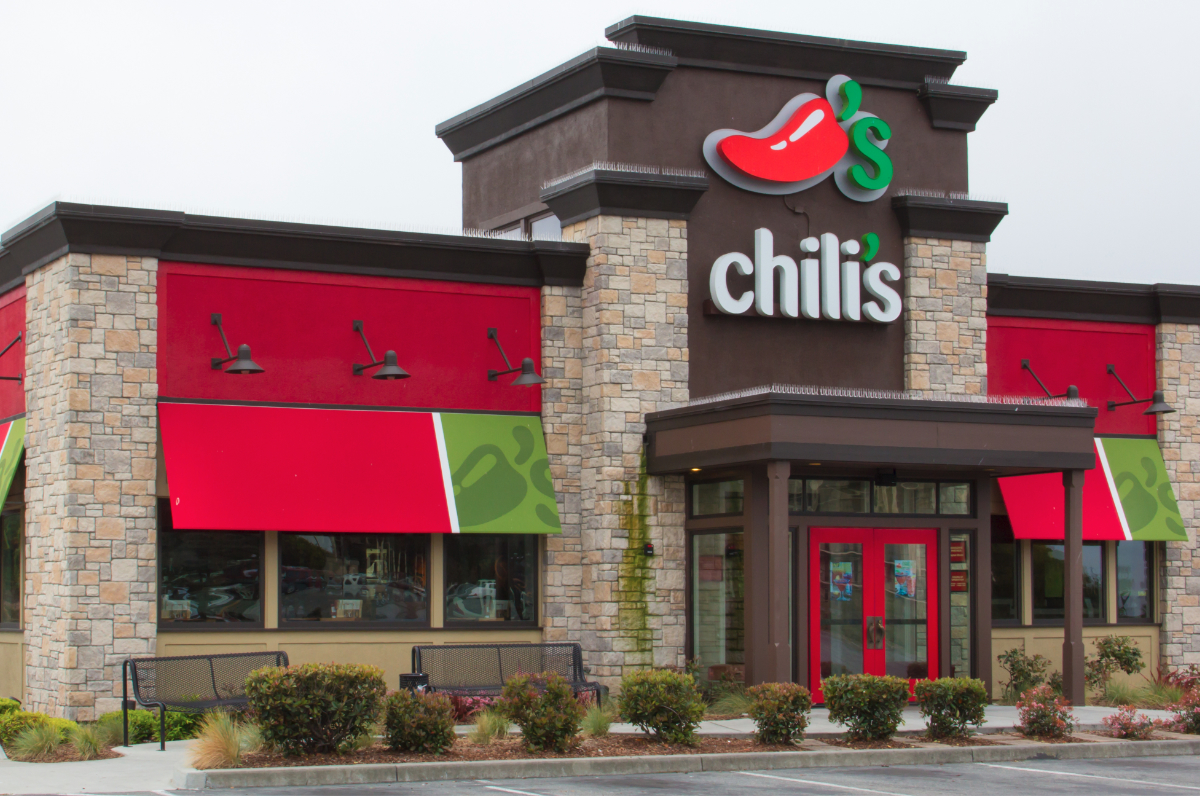Ambiance and Atmosphere
Chili restaurants often exude a warm and inviting ambiance that complements the spicy flavors of their signature dish. The atmosphere is typically casual and family-friendly, with a focus on creating a comfortable and enjoyable dining experience.
While Greenfield chili restaurants may not be as famous as their Cincinnati counterparts, they offer a unique and flavorful experience. However, one thing that Greenfield chili restaurants and the greenfield tornado have in common is that they both left a lasting impact on the community.
The tornado caused widespread damage, but it also brought people together and showed the resilience of the Greenfield community. Similarly, Greenfield chili restaurants have become a beloved part of the town’s culture and a source of pride for residents.
Design elements often include rustic decor, such as wooden tables and chairs, exposed brick walls, and vintage posters. Lighting is usually warm and inviting, with a combination of natural light and ambient fixtures. Seating arrangements are typically varied, with a mix of booths, tables, and bar seating to accommodate different group sizes and preferences.
For a taste of the wild, consider a trip to a local chili restaurant, where the flavors are as fiery as the tornado in Iowa . The heat will leave you breathless, but the satisfaction will linger long after the storm has passed.
Afterward, return to the chili restaurant to soothe your palate with a cool beverage and reflect on the day’s adventures.
Design Elements
- Rustic decor: wooden tables and chairs, exposed brick walls, vintage posters
- Warm and inviting lighting: natural light, ambient fixtures
- Varied seating arrangements: booths, tables, bar seating
Atmosphere
- Casual and family-friendly
- Comfortable and enjoyable
- Warm and inviting
Menu and Cuisine

Chili restaurants offer a wide array of dishes that revolve around the titular chili, a hearty stew made with ground meat, beans, and a variety of spices. The menu typically includes a selection of chili varieties, each with its own unique blend of flavors and ingredients.
Regional Variations and Specializations
Chili dishes vary widely across different regions of the United States, reflecting the diverse culinary traditions of the country. Some of the most popular regional variations include:
- Texas Chili: Made with ground beef, chili powder, and a blend of spices, Texas chili is known for its rich, flavorful broth and lack of beans.
- Cincinnati Chili: A unique variation that is served over spaghetti and topped with a sweet and tangy sauce made with cinnamon and chocolate.
- New Mexico Green Chili: Made with green chili peppers, pork, and a variety of spices, New Mexico green chili is known for its mild heat and earthy flavor.
Ingredients, Spices, and Cooking Techniques
Chili is a versatile dish that can be made with a wide variety of ingredients, spices, and cooking techniques. Some of the most common ingredients include:
- Ground meat: Beef, pork, or turkey are the most common types of ground meat used in chili.
- Beans: Kidney beans, pinto beans, and black beans are the most common types of beans used in chili.
- Spices: Chili powder, cumin, oregano, and cayenne pepper are the most common spices used in chili.
Chili can be cooked in a variety of ways, including simmering on the stovetop, baking in the oven, or slow-cooking in a crock pot. The cooking time and temperature will vary depending on the recipe and the desired consistency of the chili.
While chili restaurants are known for their fiery dishes, the aftermath of the greenfield tornado damage left a trail of devastation that would make any chef weep. But as the community slowly rebuilds, so too will the beloved chili restaurants, offering a beacon of warmth and sustenance amidst the challenges.
Customer Service and Hospitality
Exceptional customer service is the cornerstone of any successful chili restaurant. It encompasses every interaction between staff and patrons, from the moment they enter the establishment to the moment they depart. By providing warm, attentive, and efficient service, restaurants can create a welcoming and memorable experience that encourages guests to return time and time again.
The aroma of chili fills the air, a comforting beacon against the raging storm outside. As the wind howls and rain lashes down, patrons gather within the cozy confines of the chili restaurant, their conversations a gentle murmur amidst the thunderous symphony of the tornado in Iowa . But within these walls, a sense of warmth and camaraderie prevails, a testament to the enduring spirit of community in the face of adversity.
The chili, a fiery elixir, warms both body and soul, a reminder that even in the darkest of times, there is always solace to be found in the simple pleasures of life.
Staff’s Role in Hospitality
The staff plays a pivotal role in creating a positive and welcoming atmosphere. They should be knowledgeable about the menu, able to provide informed recommendations, and attentive to guests’ needs without being intrusive. A friendly and approachable demeanor, coupled with a genuine desire to ensure patrons have an enjoyable dining experience, is essential.
Best Practices in Guest Relations, Chili restaurant
- Greet guests promptly and warmly, making eye contact and using their names if possible.
- Provide clear and accurate information about the menu and specials, offering suggestions based on guests’ preferences.
- Check on guests regularly to ensure their satisfaction and address any requests or concerns promptly and efficiently.
- Handle complaints or issues with empathy and professionalism, striving to resolve them to the guest’s satisfaction.
- Thank guests for their patronage and invite them to return, expressing appreciation for their business.
Marketing and Promotions: Chili Restaurant

Chili restaurants leverage various marketing and promotional strategies to attract and retain customers. They employ social media, online advertising, and community engagement to enhance their visibility and connect with target audiences.
Social Media
Social media platforms like Facebook, Instagram, and Twitter offer chili restaurants a direct channel to engage with customers. They use these platforms to share mouthwatering images of their dishes, announce promotions, and foster a sense of community among chili enthusiasts.
Chili restaurants are often bustling with activity, their patrons savoring the spicy flavors of their favorite dishes. But even in the midst of the culinary excitement, the news of the greenfield tornado today sends shivers down their spines. The tornado’s destructive path serves as a stark reminder of nature’s unpredictable fury, casting a momentary shadow over the otherwise vibrant atmosphere of the chili restaurant.
Online Advertising
Chili restaurants utilize online advertising platforms like Google AdWords and Facebook Ads to reach potential customers. These platforms allow them to target specific demographics and interests, ensuring their ads are seen by people who are likely to be interested in their offerings.
Community Engagement
Many chili restaurants actively participate in community events and sponsor local sports teams or charities. This helps them build relationships with the community and establish themselves as a valued local business.
Successful Campaigns and Promotions
Some successful marketing and promotional campaigns employed by chili restaurants include:
- Wendy’s “Where’s the Beef?” campaign, which featured a memorable jingle and humorous commercials, significantly increased sales.
- Chili’s “3 for $10” promotion, which offered a choice of three popular dishes at an affordable price, proved to be a customer favorite.
- Chipotle’s “Free Burrito Day” promotion, which attracted large crowds and generated substantial buzz on social media, successfully boosted brand awareness.
Operations and Management
Running a successful chili restaurant requires efficient operations and management. Key aspects include inventory management, staff scheduling, and kitchen operations.
Inventory Management
Effective inventory management ensures the availability of necessary ingredients and supplies while minimizing waste. Proper inventory tracking, including regular audits, helps prevent shortages or overstocking. Implementing inventory management software or spreadsheets streamlines the process.
Staff Scheduling
Optimizing staff scheduling is crucial for smooth operations. Factors to consider include customer demand, staff availability, and labor costs. Using scheduling software or manual methods, managers can create efficient schedules that ensure adequate staffing during peak hours while minimizing labor expenses.
Kitchen Operations
Efficient kitchen operations are essential for producing high-quality chili dishes. Establishing clear processes for food preparation, cooking, and serving ensures consistency and speed. Proper equipment maintenance, including regular cleaning and calibration, is also vital for maintaining food safety and quality.
Industry Trends and Innovations
The chili restaurant industry is constantly evolving, with new trends and innovations emerging all the time. Technology, new menu items, and sustainability practices are just a few of the ways that chili restaurants are pushing the boundaries.
Technology
Technology is playing an increasingly important role in the chili restaurant industry. Many restaurants are now using online ordering systems, which allow customers to order their food ahead of time and skip the line. Others are using mobile apps to offer loyalty programs and exclusive deals. Some restaurants are even using artificial intelligence to create personalized recommendations for customers.
New Menu Items
Chili restaurants are also constantly innovating with their menus. In addition to traditional chili, many restaurants are now offering a variety of other dishes, such as tacos, burritos, and quesadillas. Some restaurants are even offering vegetarian and vegan options.
Sustainability Practices
Sustainability is becoming increasingly important to consumers, and chili restaurants are taking notice. Many restaurants are now using sustainable ingredients, such as organic produce and grass-fed beef. Others are reducing their waste by composting food scraps and using energy-efficient appliances.
Innovative Chili Restaurants
There are a number of chili restaurants that are pushing the boundaries of the industry. Here are a few examples:
– The Chili Spot in Austin, Texas, is known for its innovative chili dishes, such as the “Armadillo Chili” and the “Black Bean Chili.”
– The Chili Parlor in Dallas, Texas, offers a variety of chili options, including a “build-your-own” chili bar.
– The Chili Bowl in Los Angeles, California, is a popular spot for chili lovers, and it has been featured in several magazines and newspapers.